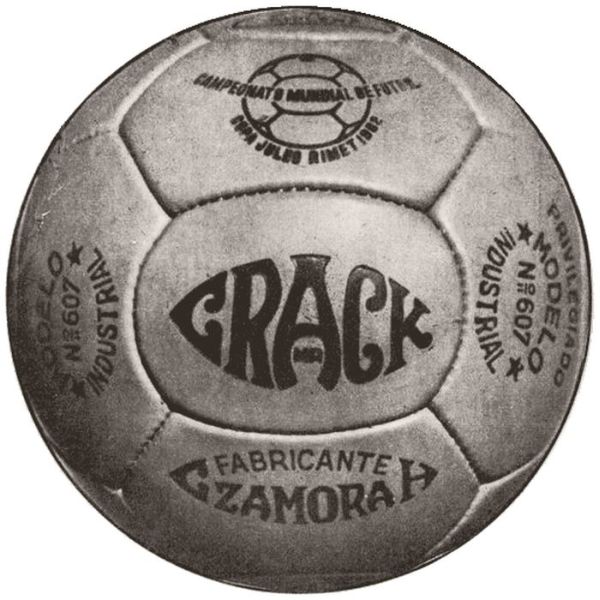|
|
World Cup Football Ball
|
Until 1870, rugby was played with a near spherical ball with an inner-tube made of a pig's bladder. In 1870 Richard Lindon introduced rubber inner-tubes and because of the pliability of rubber the shape gradually changed from a sphere to an egg. In 1892 the RFU endorsed ovalness as the compulsory shape. The gradual flattening of the ball continued over the years.
The introduction of synthetic footballs over the traditional leather balls, in both rugby codes, was originally governed by weather conditions. If the playing surface was heavy, the synthetic ball was used, as it didn't absorb water and become heavy. Eventually, the leather balls were phased out completely.
• Rugby league
Rugby league is played with a prolate spheroid shaped football which is inflated with air. A referee will stop play immediately if the ball does not meet the requirements of size and shape. Traditionally made of brown leather, modern footballs are synthetic and manufactured in a variety of colours and patterns. Senior competitions should use light coloured balls to allow spectators to see the ball more easily. The football used in rugby league is known as "international size" or "size 5" and is approximately 27 cm (11 in) long and 60 cm (24 in) in circumference at its widest point. Smaller-sized balls are used for junior versions of the game, such as "Mini" and "Mod". A full size ball weighs between 383 and 440 g (13.5 and 16 oz). Rugby league footballs are slightly more pointed than rugby union footballs and larger than American footballs.
|
|









